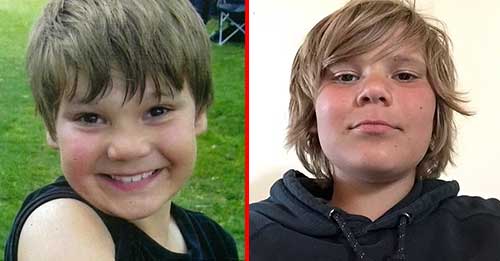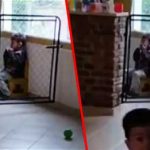An inquiry has determined that authorities in charge of a South Australian boy who was shuffled between 18 foster and residential homes before committing himself failed him on many occasions.
But, State Coroner David Whittle has refrained from finding that the 13-year-old’s death was avoidable.
He said that the circumstances surrounding Zhane Chilcott’s death in 2016 were complex and multidimensional, complicating the issue of whether the boy’s death might have been averted.
Mr. Whittle stated that among the failures in Zhane’s case were missed opportunities for early intervention before he entered care, missed opportunities to cope with the trauma related to several placements, and numerous missed chances to discuss his psychiatric issues in the period leading up to his death.
An examination of those lost chances does not lead with confidence to the conclusion that Zhane’s suicide was avoidable, the coroner said in his findings on Thursday.
He does believe, however, that there were a lot of lost opportunities in Zhane’s case to reduce the likelihood of suicide. The cumulative impact of all of his flaws increased his probability of suicide. If those flaws had not happened, it can only be assumed that Zhane’s risk of suicide would have been lowered.
The counselor assisting Sally Giles said at the start of the inquiry that the adolescent had been in some kind of state care or foster home since he was around 12 months old.
She said that his brief existence was marred by severe placement volatility, resulting in few opportunities to form meaningful and stable connections with the individuals who cared for him.
Ms. Giles said that Zhane had also had a slew of behavioral challenges in care and at school as a result of substantial traumas and a lack of assistance at important junctures in his life.
At one point, he was put with an experienced foster carer in South Australia’s mid-north, where he was stated to have thrived, started attending school regularly, and been nominated for a leadership position.
But when the caregiver said that he could not continue to care for the kid without further funding, officials refused to grant it.
Rather, Zhane was put in a residential institution at a higher cost over three months than the caretaker had requested over a year.
Mr. Whittle proposed in his conclusions that a risk registry be developed for children in state care, which would record any threats or incidences of self-harm.
He also advocated for a reform of compensation for family-based foster carers in order to boost the number of individuals ready to take in kids, and he suggested that kids in care have significant contact with biological family members at least once every 12 months.
In the case of Indigenous children, Mr. Whittle suggested that a recognized Aboriginal and Torres Strait Islander organization be appointed and consulted before each foster home or care placement.








